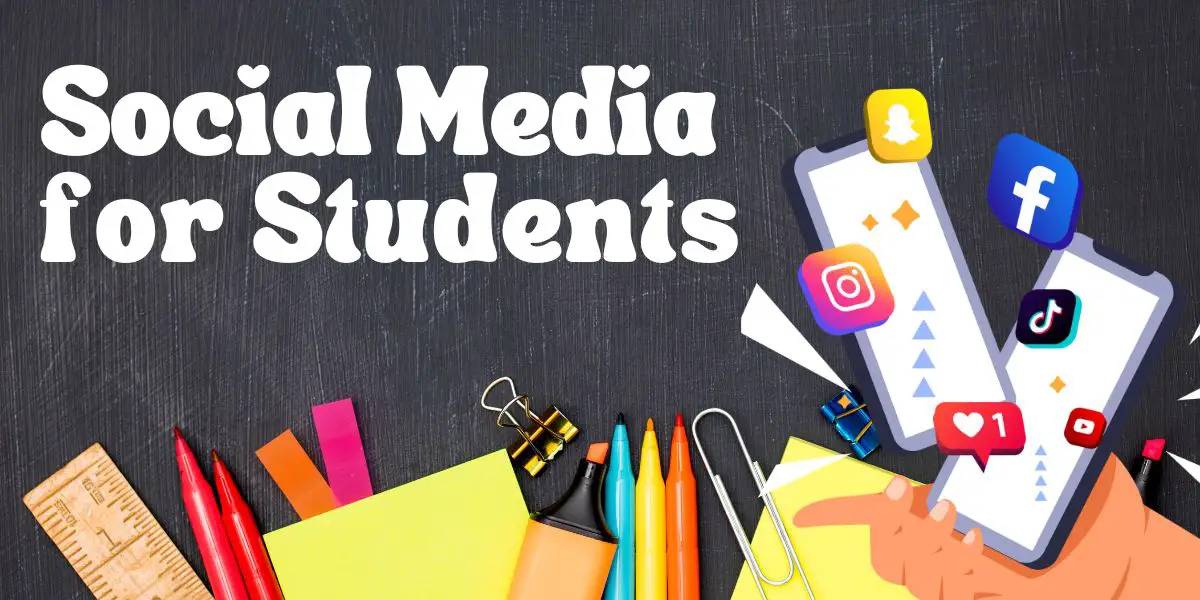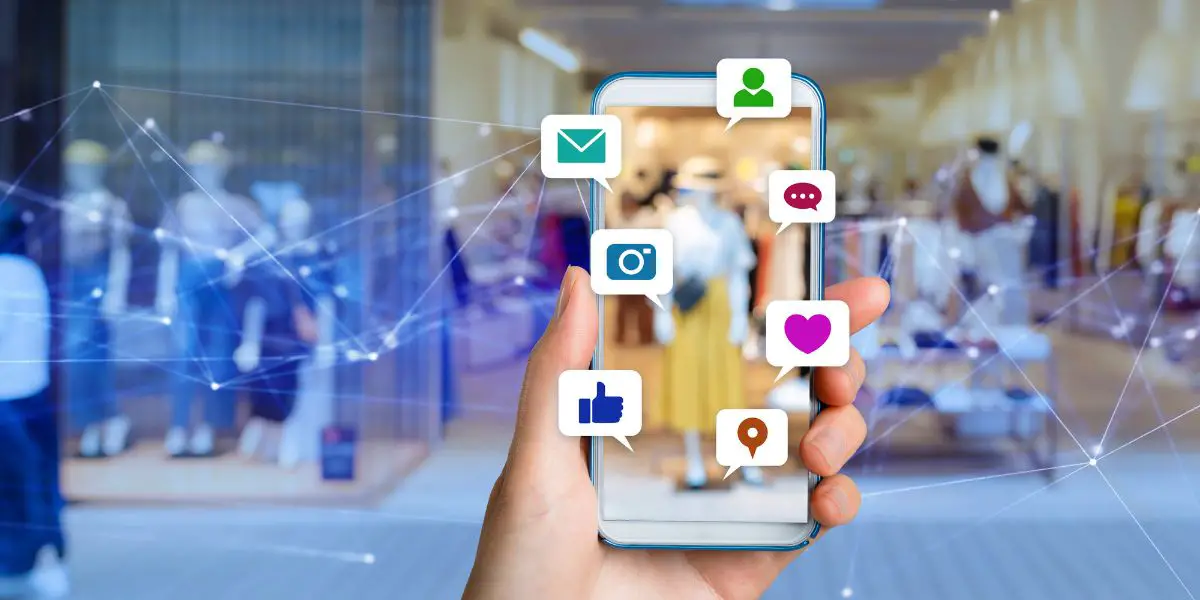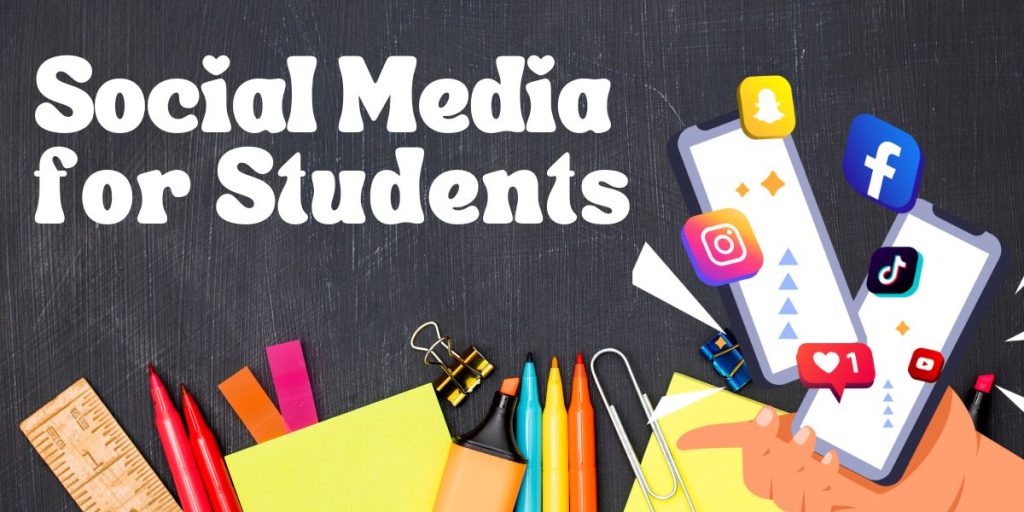Social media is a part of our lives, changing how we socialize. Its popularity has made it a part of education too. This piece talks about the impact of social media on student life.
Social media has changed communication and networking. Students can interact with peers from around the world. They can share ideas, work together and get help. This digital classroom crosses geographic boundaries, allowing students to learn from different views.
Social media also provides a place for self-expression and creativity. Students can show their talents and interests through videos, podcasts, and blogs. This increases their tech knowledge and gets them thinking.

Though, it has potential disadvantages. Too much info can overload and take away from study time. There are also privacy issues when students share personal info without understanding the consequences.
To make the most out of social media in education, students should be mindful of their online presence. Be selective in your digital footprint by curating your content carefully and responsibly. By using social media wisely and responsibly, students can use it to improve their learning experience.
The Digital Classroom: Explained
The Digital Classroom has revolutionized education! It integrates tech, especially social media, into the learning environment. This has affected student life in a big way. It changes how they engage with content & interact with peers & teachers.
- Enhanced Learning: Social media gives students a collaborative platform to access resources, talk to classmates & discuss topics.
- Improved Communication: Students can easily chat with their teachers outside of class. They can get help, share ideas & learn more.
- Increased Engagement: Social media tools like polls and quizzes enable educators to create interactive experiences. Students are more likely to be involved & share opinions.
Plus, the digital classroom provides immediate feedback. Students can get quick comments from teachers or peers. They can then reflect & improve.
Surprisingly, the digital classroom is older than you’d think. Pioneering educators experimented with tech in the 90s. But only recently has social media become a key part of the approach.
The Digital Classroom has changed student life. It encourages collaboration, better communication & higher engagement. As tech advances faster, we can expect more evolution in this area.
Social Media and Student Life: The Positive Impact
To evaluate the positive impact of social media on student life, explore how increased connectivity and communication, access to information and resources, and collaboration and engagement have transformed the digital classroom.
Increased Connectivity and Communication
In today’s digital age, social media is revolutionizing how we connect and communicate. Students can now talk with people from around the world and expand their social networks.
Facebook, Twitter and Instagram are virtual hangouts where students can share ideas, work together and get advice. They can even join groups and forums to connect with people who share similar interests or goals.
Social media also gives students direct access to their teachers and professors. Now they don’t have to wait for office hours or send emails that might go unnoticed. They can message their instructors right away and get answers quickly.
Plus, it’s a great platform to showcase talents and achievements. Students can make professional profiles on LinkedIn or share portfolios on websites like Behance or Dribbble. This can help them find employers or collaborators and increase their career prospects. It can also boost their confidence and self-esteem.
To stay safe on social media, students should be aware of privacy settings and not share personal info. Additionally, they should engage in healthy conversations by listening, giving constructive feedback and respecting opinions. This will help create a positive digital community.
Access to Information and Resources
Social media is changing student life. It offers access to information and resources. It’s like a virtual library and communication hub! Let’s check out how it helps with info and resources.
Platforms:
- Facebook: News updates, educational groups. College admissions and scholarship info.
- Twitter: Real-time news and educational chats. Research findings and expert opinions.
- YouTube: Educational videos and tutorials. Programming lessons and historical documentaries.
- LinkedIn: Professional networking and job postings. Internship opportunities and career guidance.
Apart from textbooks and lectures, social media offers unique opportunities. Facebook has news on current events, plus groups about college and scholarships. Twitter has chats with experts and research findings. YouTube has tons of educational videos, tutorials, and documentaries. And LinkedIn connects students with industry pros, and posts jobs and internships.
In this age of info overload, social media can be a great tool. It helps students avoid missing out on knowledge or connections. By using social media for info and resources, students can go beyond traditional learning.
Collaboration and Engagement
Digital platforms provide students with the opportunity to collaborate with peers. For instance, Google Docs allows real-time editing and commenting. Discussion forums are also perfect for meaningful conversations.
Social media is great for connecting with professionals. LinkedIn offers networking, mentorship, and career advice. This can help students develop their skills and be inspired.
Multimedia content is another way to collaborate and engage. YouTube and Instagram enable students to share creative work, like videos or photos. This encourages feedback and improvement among individuals with similar interests.
Pro Tip: Joining virtual study groups and online communities related to one’s area of interest can help improve collaboration skills and broaden knowledge.

Social Media and Student Life: The Negative Impact
To evaluate the negative impact of social media on student life, explore the section “Social Media and Student Life: The Negative Impact.” Discover how issues such as distraction and time management, cyberbullying and online harassment, and privacy and security concerns can affect students in the digital classroom.
Distraction and Time Management Issues
Nowadays, social media has a big influence on students’ lives. It can cause problems in terms of distractions and time management. Let’s look deeper to understand the impacts better.
- Social media platforms, like Facebook, Instagram, and Twitter, are huge sources of distraction for students. Instead of studying or doing assignments, they spend a lot of time scrolling through their newsfeeds or talking about things online.
- The notifications from these apps disrupt concentration and take away focus from important tasks. It’s hard to resist the urge to check updates or reply to messages, which can be damaging to time management.
- Excessive use of social media can also mess up sleep patterns and lead to procrastination. Staying up late on these sites can make it harder for students to get up early and be productive during the day.
Although these issues can be tricky, there are strategies to help students manage them.
Setting specific times during the day dedicated only to social media can create balance between staying connected and handling academic responsibilities well.
Overall, it is important to recognize the bad effects of too much social media and take action to manage time effectively. Focusing on tasks and reducing distractions will surely help students become more successful.
Pro Tip: Consider using phone applications to block distracting websites or limit social media access during study hours. This will help increase focus and make it easier to manage time.
Cyberbullying and Online Harassment
Cyberbullying encompasses many forms of online aggression, like threatening messages or gossip. These behaviors can have a negative effect on victims’ self-esteem, mental health, and overall well-being. Groups such as LGBTQ+ and disabled individuals are particularly susceptible. Social media’s anonymity can embolden perpetrators to act without thinking of the consequences.
What’s more, victims often don’t report incidents for fear of retaliation. Schools must work with parents, teachers, and students to set up preventive measures, plus cultivate empathy and digital literacy. Conversations about cyberbullying and online harassment can create an environment where victims feel safe to come forward.
Privacy and Security Concerns
Social media use can bring up privacy and security worries. Here are three big ones:
- Identity theft: Social media often asks for personal details, like names and birthdates. This can lead to identity theft.
- Data breaches: With so much personal data shared online, hackers can access it. This means data breaches.
- Online scams: Social media platforms are full of scammers. Phishing, fake promotions, and fraudulent plans are common.
These risks are worth considering. Taking measures to reduce them is key. Here are a few tips:
- Check your privacy settings: Review and update your social media privacy settings. Make sure you control what others can see.
- Strong passwords: Create strong passwords with a mix of upper and lower case letters, numbers, and special characters. Change them often.
- Be careful with requests: Be mindful when accepting friend requests from unfamiliar people. Check to make sure they’re real before sharing any personal info.
By doing these things, you can enjoy the benefits of social media without risking your safety. Remember that awareness and participation are key to protecting yourself from online risks.
Evaluating the Overall Impact
To evaluate the overall impact of social media on student life, delve into the pros and cons of social media in education and explore the role of educators and institutions. This will provide a comprehensive analysis of how social media influences students and the key players involved in managing its effects.
Pros and Cons of Social Media in Education
Social media has become a must-have tool in the educational world. It carries both positives and negatives that could affect learning. Here are some of them:
Pros:
- Better communication: Social media helps students, teachers, and peers communicate quickly, giving fast feedback and helping with collaboration.
- Increased engagement: Integrating social media into education makes learning more interesting and interactive.
- Access to info: Students can get more info from social media than from traditional classroom resources.
- Cultural exchange: Different backgrounds can connect and learn from each other, improving diversity and inclusivity.
- Highlight skills: Students can show their work and accomplishments, getting recognition while building a good online profile.
Cons:
- Distractions: The addictive nature of social media can take away focus from studies.
- Privacy issues: Personal info shared online could be a security risk.
- Misinformation: Not all info on social media is accurate.
- Cyberbullying: Social media may be a platform for bullying, which harms mental health.
- Reduces face-to-face: Too much use of social media may reduce face-to-face interactions, affecting communication.
To make sure social media is used positively, educators should provide guidance and teach students about the proper usage and risks.
Conclusion
It’s clear that social media has a multifaceted effect on students. On the one hand, it provides countless learning and collaboration opportunities and is a platform for self-expression. However, it can lead to decreased productivity and mental health issues. Despite these challenges, used correctly, it can still benefit student life.
Social media offers access to educational resources beyond the classroom. There are online tutorials, webinars, and virtual study groups for students to broaden their understanding. It also lets them connect with peers from diverse cultures, broadening their perspectives.
An example of social media’s impact on student life is the 2012 protest against tuition fee hikes. Hashtags and posts were shared across networks, and thousands of students voiced their views online and offline. This shows how social media has transformed student activism, giving a platform to organize collective action.

